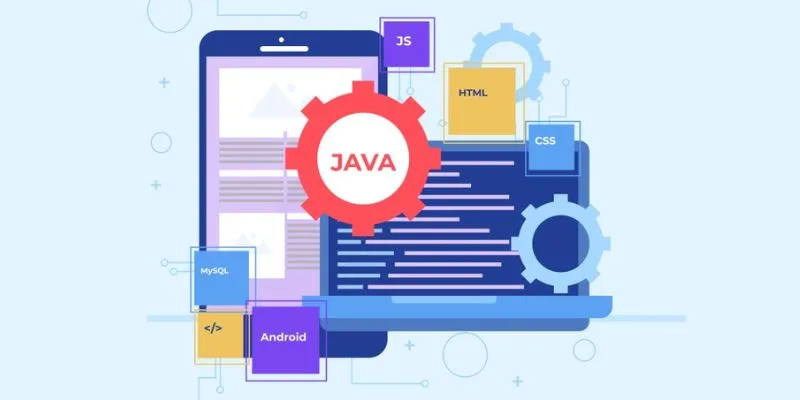When you start exploring web development, you’ll come across HTML and Java. These two technologies work together to create interactive and dynamic websites. In this blog, we’ll dive into how HTML and Java combine to make web pages come alive and discuss how Java Training in Bangalore can help you master these skills.
What is HTML?
HTML stands for HyperText Markup Language. It’s the basic building block of web pages. Think of HTML as the skeleton of a webpage. It uses a set of tags to organize and display content. For instance, HTML tags tell the browser where to place headings, paragraphs, images, and links.
When you visit a website, HTML is behind the scenes making sure everything is in its right place. It defines how text and images are arranged on the page and how different elements link together. Without HTML, there would be no structure to a webpage, just a jumble of content.
What is Java?
Java is a versatile programming language used for creating all sorts of applications, from mobile apps to web services. In the world of web development, Java is particularly valuable for server-side programming. This means that Java runs on the server and handles tasks that the user does not see directly, like processing data and generating content dynamically.
Java is known for its reliability and performance. It allows developers to create complex applications that can handle a lot of users and data. This makes Java a popular choice for building powerful and scalable web applications.
How HTML and Java Work Together
While HTML sets up the structure of a webpage, Java adds the functionality. Here’s a simple way to understand how they work together:
Dynamic Web Pages
HTML alone is static. This means it displays the same content every time you visit a webpage. Java comes into play when you must create web pages that change based on user interactions or other conditions. For example, if you want a webpage to show personalized content or respond to user input, Java can handle that.
Web Forms and User Interaction
One common use of Java with HTML is handling web forms. Imagine a webpage where users can enter their name and get a personalized greeting. The HTML form collects the user’s input, but Java processes this input on the server and sends back a response. This way, the page can show different content based on what the user has entered.
Practical Applications
To give you a clearer picture, let’s explore a few scenarios where HTML and Java work together:
- User Registration Forms: When users sign up for an account on a website, they fill out a form with their details. HTML structures the form, while Java processes the information and stores it in a database. Later, Java can generate a confirmation message or redirect users to a welcome page.
- Online Shopping Carts: If you’ve ever shopped online, you’ve used a shopping cart. HTML displays the items and the cart interface, while Java manages the cart’s contents, calculates totals, and processes payments.
- Interactive Features: Many websites have interactive features like quizzes or games. HTML provides the visual elements, while Java controls the logic behind these features, making sure everything works smoothly.
Why Java Training is Valuable
If you’re interested in learning how to use Java with HTML, Java Training in Marathahalli can be a great resource. These training programs offer hands-on experience with real-world projects. You’ll learn how to handle dynamic content, interact with databases, and create sophisticated web applications.
Java Training provides the skills needed to work with server-side programming and understand how to integrate Java with HTML. This training can make a big difference in your career by providing you with practical knowledge and experience.
Benefits of Learning Java for Web Development
- Enhanced Skills: Learning Java helps you build more complex and interactive websites. It allows you to handle data, perform calculations, and create features that HTML alone cannot manage.
- Career Opportunities: Java is a sought-after skill in the job market. By learning Java, you open up opportunities for roles in web development, software engineering, and more.
- Problem Solving: Java teaches you how to think through problems and create solutions. This skill is valuable not only for programming but for various other fields.
HTML and Java are two essential technologies for web development. HTML provides the structure of web pages, while Java adds the functionality that makes those pages interactive and dynamic. By learning how to combine HTML with Java, you can create powerful web applications that respond to user input and handle complex tasks.
Training Institute in Bangalore can be a fantastic way to gain these skills. With hands-on training and expert guidance, you can master the art of combining HTML with Java and take your web development skills to the next level. Whether you’re building dynamic websites or exploring new career opportunities, understanding how HTML and Java work together will be a valuable asset.
Read more: Java Interview Questions and Answers

